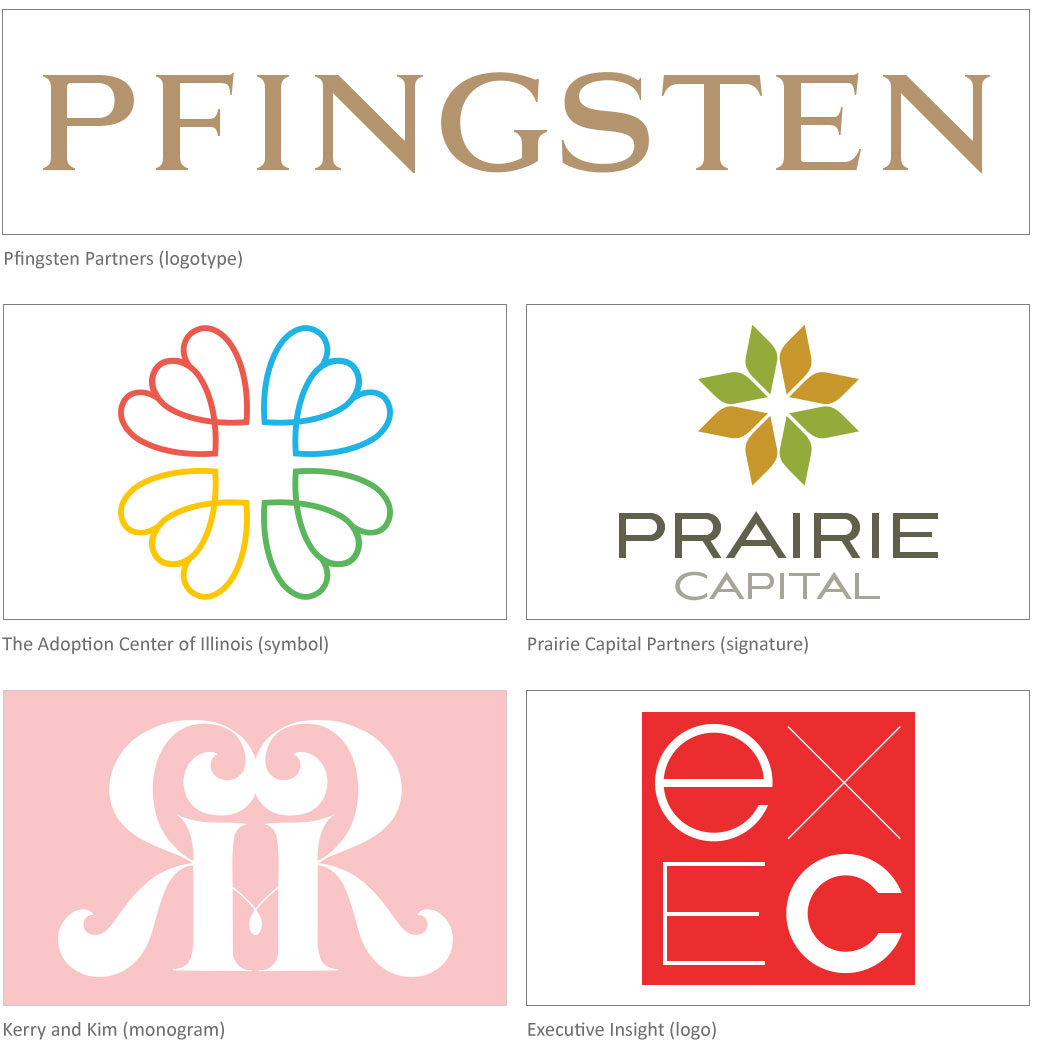Logos, Logotypes, Symbols, Signatures, and Monograms

There’s a lot of confusion when it comes to the differences between logos, logotypes, symbols, signatures and monograms. While many brand and marketing experts have a basic understanding of the nuances within the definitive applications of brand identity, most non-designers may find themselves confused. This post is written to help provide some clarity.
Of all of the terms used to describe visual elements within a brand identity program, the least understood is most likely the “logotype.” A logotype is the graphic expression of a company’s name, product or service, and is an essential part of commerce – a single typographic element (such as the name of a publication or a trademark), as well as a visual identifier (for branding and advertising). The term logotype is typically used by graphic designers to describe the differences between a “word mark” and a “logo.” Instead of using the ambiguous word “logo,” seasoned design professionals choose to differentiate between a corporate symbol (icon, abstraction), a signature (name and symbol combination), a monogram (letters connected or joined together) and a logotype (the name itself). The Nike “swoosh” is a symbol, Coca-cola is a logotype, and GE is a monogram. Some logotypes are designed so that the name is embedded in a symbol, shape or mark (Ford).
While all of these visual cues are essentially equal, the decision to develop a logo, logotype, symbol, signature or monogram rests on the strength of the existing brand elements – Is the name unique? is the name long, or short? Do the letters within the name lend themselves to a quality design solution? Is the company known by its initials? Are there ample resources available to support a symbol? Is there a clear leader in the market space? What is the opportunity for differentiation?
All businesses can benefit from a well-designed, cohesive brand identity. Any product is enhanced by a visual identity (logo) that is a unique expression of its brand attributes. A logo should be distinctive, appropriate, extendible and memorable. And while some brand experts believe in the mantra “differentiate or die,” being different for difference-sake is not necessarily more important than being authentic. Successful brands are the result of experienced designers who understand their clients and markets, anticipate the applications of brand identity, and are masters in orchestrating the subtleties of form, style, spacing, proportion and function.
Grady Campbell has been helping a wide variety of clients define and build strong, lasting brands. A few examples of our visual identity examples:
